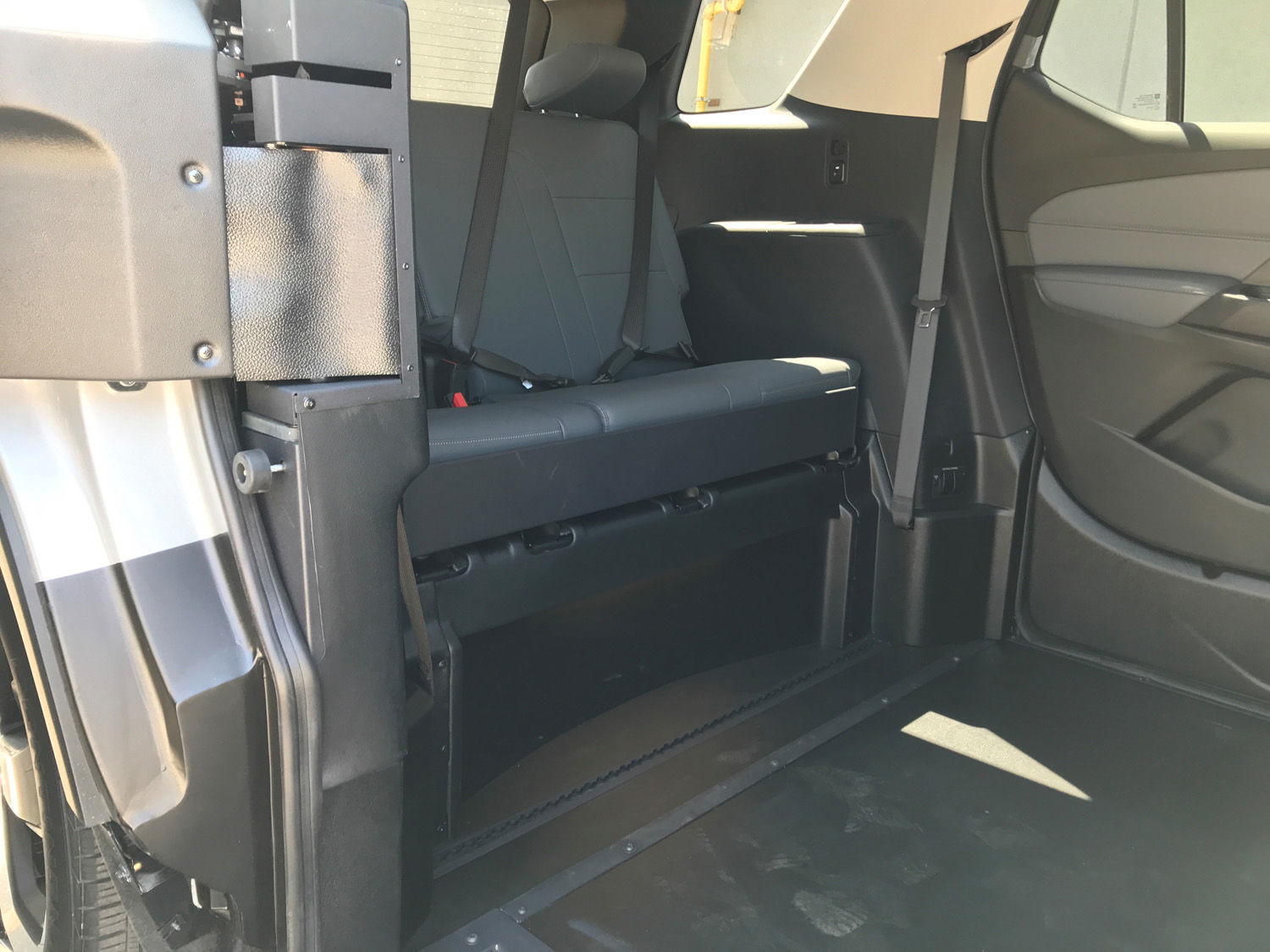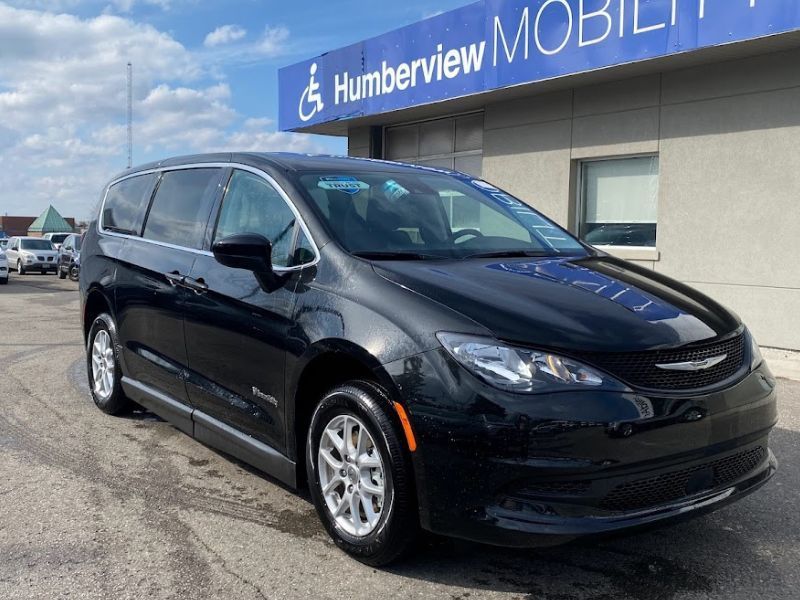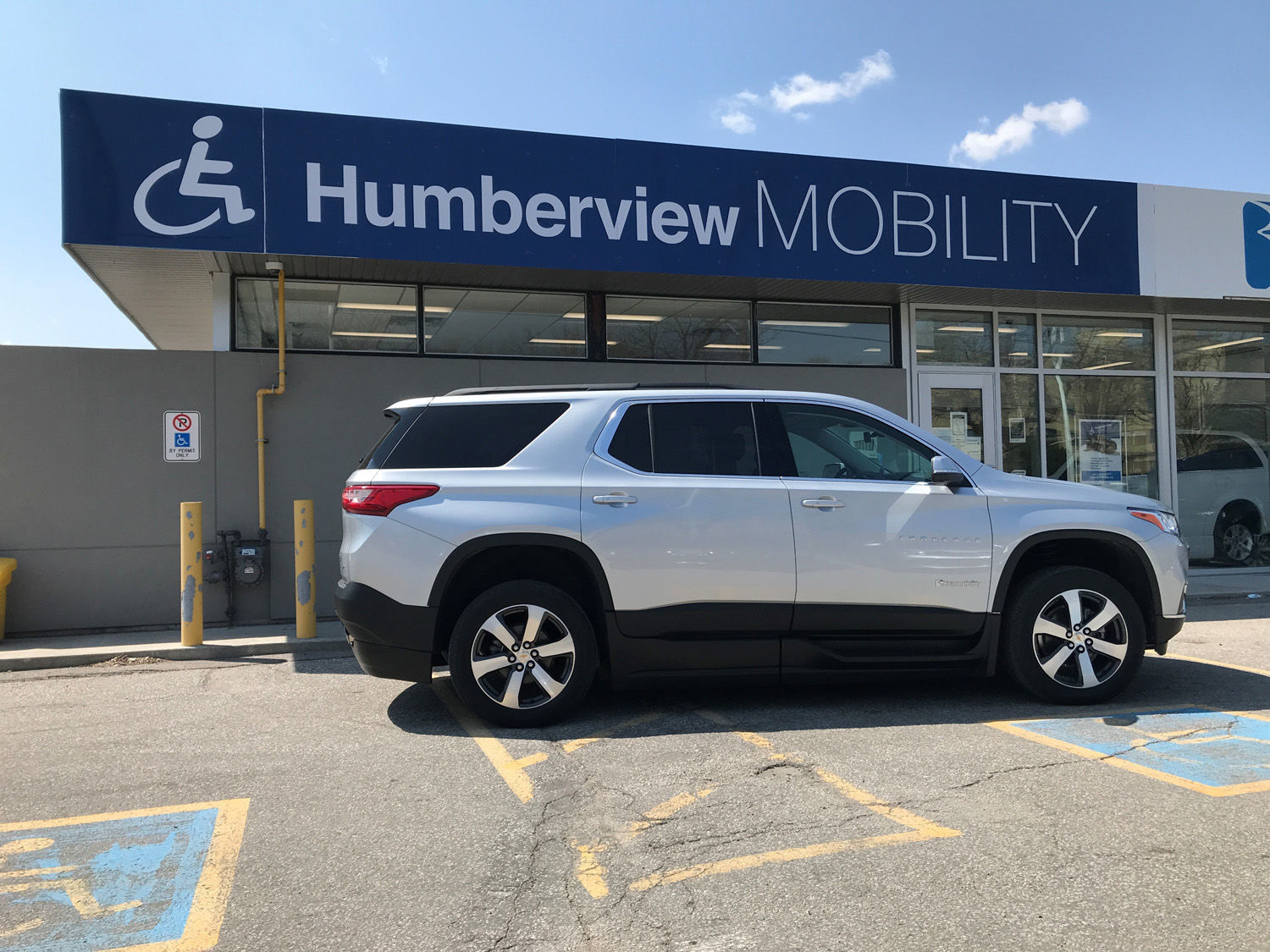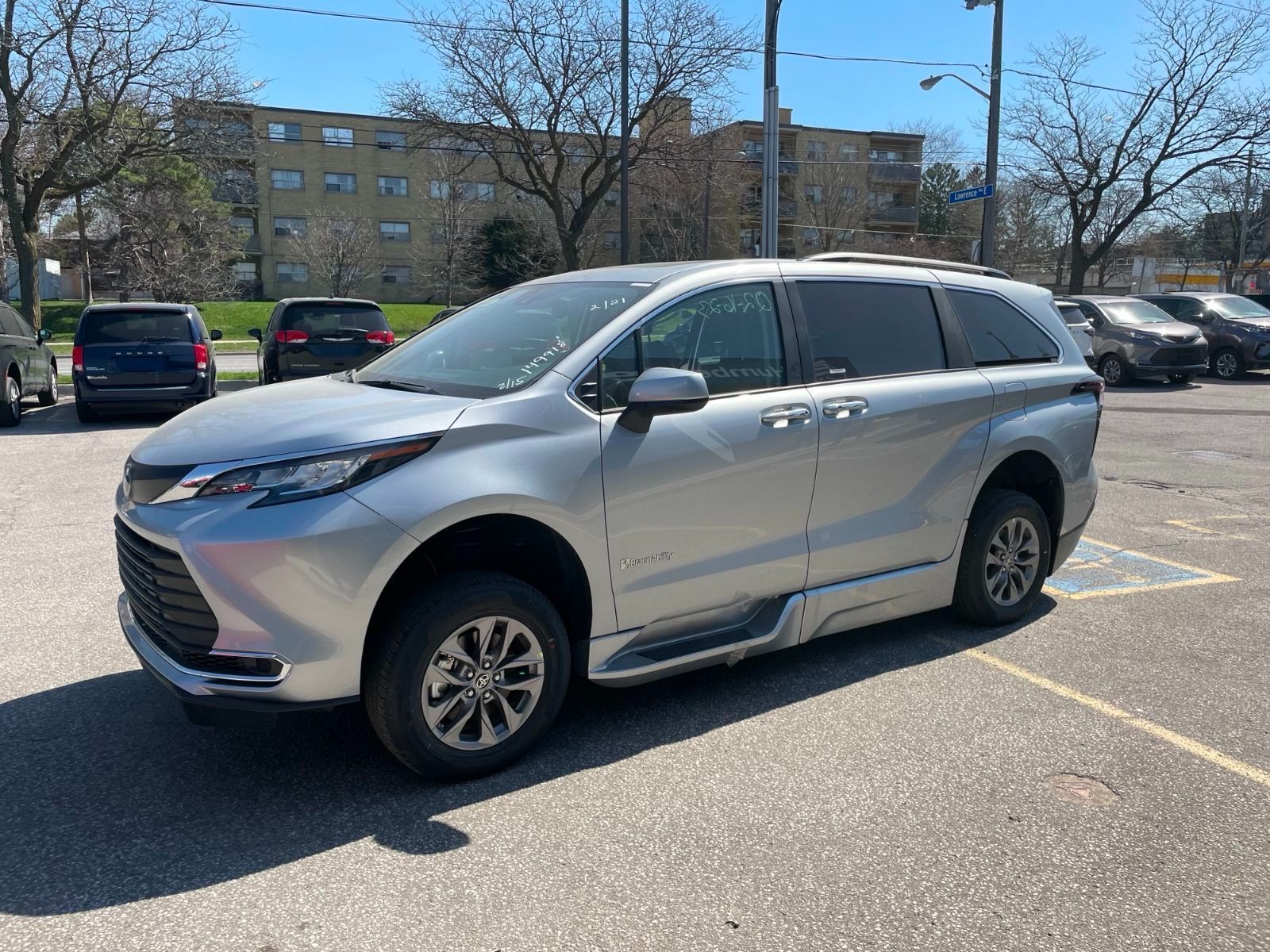Owning an accessible vehicle provides freedom and independence, but it also comes with specific maintenance considerations that go beyond standard vehicle upkeep. Whether your accessible vehicle is based on a Toyota Sienna, Chrysler Pacifica, Chevrolet Traverse, or another model, following the manufacturer’s recommended maintenance schedule is crucial. However, additional care is required for the mobility modifications and accessibility features that ensure a safe and reliable experience for passengers and drivers alike.
Proper maintenance not only extends the life of your vehicle and its modifications but also ensures that essential mobility features, such as ramps, lifts, kneeling systems, and restraint mechanisms, function properly at all times. This guide outlines the key areas of maintenance that accessible vehicle owners should focus on, from general mechanical servicing to the specialized upkeep required for modified components.
Regular Maintenance for the Base Vehicle
Accessible vehicles retain all the fundamental mechanical systems of the original manufacturer’s model, meaning they still require the same routine maintenance as any other vehicle. This includes oil changes, brake servicing, fluid top-ups, and tire rotations. Keeping up with scheduled servicing is essential to ensuring that the powertrain, suspension, and braking systems remain in optimal condition.
The added weight of accessibility modifications, such as reinforced flooring or wheelchair ramps, may put additional stress on certain components. As a result, checking for wear on brakes, suspension parts, and tires should be done more frequently than in a non-modified vehicle.
Tire maintenance is especially important in an accessible vehicle, as modifications can shift the weight distribution and alter the way tires wear. Regularly inspecting tire pressure and tread depth helps maintain proper traction and handling, particularly in challenging weather conditions.
Additionally, it’s crucial to monitor the battery’s health, as many accessible features, including power-operated ramps and lifts, rely on electrical systems. If your vehicle is equipped with an auxiliary battery to support these components, it should be checked periodically to ensure it remains in good condition.
Maintaining the Accessibility Features

Ramp and Lift System Care
One of the most critical aspects of an accessible vehicle is its ramp or lift system. Whether your vehicle is equipped with a side-entry ramp, rear-entry ramp, or a hydraulic lift, these mechanisms require frequent inspection and maintenance to ensure smooth and reliable operation.
Dirt, debris, and moisture can accumulate in the ramp or lift system over time, leading to operational issues. Regularly cleaning the ramp and ensuring the hinges, guide rails, and moving parts are free of obstructions will prevent malfunctions. Lubricating the moving components as recommended by the manufacturer can also extend the lifespan of the system and keep it operating smoothly.
Hydraulic lifts require additional care, as they operate under high pressure and depend on hydraulic fluid to function properly. Checking for leaks, ensuring that fluid levels are adequate, and inspecting the lift arms and cables for wear or damage should be part of a routine maintenance schedule.
Kneeling System Inspection
Some accessible vehicles feature a kneeling system that lowers the rear suspension to reduce the angle of entry for wheelchair users. This system typically relies on electronic actuators and air suspension components, which must be checked regularly for proper function.
Air suspension systems, in particular, should be inspected for leaks or signs of sagging. Any failure in this system can affect the ability of the vehicle to lower properly, making wheelchair access more difficult. If your vehicle has an electric actuator-based system, it’s important to listen for unusual noises during operation and ensure that all electrical connections remain secure.
Securement System Maintenance
Wheelchair tie-downs and occupant restraint systems play a crucial role in ensuring safety during transit. These systems should be checked frequently for signs of wear, such as fraying seatbelts, weakened anchor points, or damaged straps.
Most tie-down systems use retractable belts or manual straps that secure the wheelchair to the vehicle floor. These should be kept clean and free of debris, as dirt buildup can affect the locking mechanisms. If your vehicle has a docking system for power wheelchairs, the electronic components and mounting points should also be tested periodically to confirm they provide a secure hold.

Sliding Door Mechanism and Power Functions
Accessible minivans and mobility-modified SUVs often feature power-operated sliding doors, which are integral to the smooth operation of the ramp or lift. Over time, these doors may experience alignment issues, electrical faults, or mechanical wear, which can prevent them from opening or closing properly.
Regularly cleaning the door tracks and ensuring that the motorized mechanism functions without hesitation can prevent costly repairs. If the door starts making unusual noises or hesitates during operation, it may indicate an issue with the motor, sensors, or alignment that should be addressed before it worsens.
Seasonal Considerations and Preventative Care
Weather conditions play a significant role in accessible vehicle maintenance, particularly in colder climates where ice, snow, and road salt can impact mobility components. Moisture buildup can lead to corrosion in lift mechanisms, ramp hinges, and wheelchair securement points, so applying protective coatings and keeping these areas dry is essential.
During winter, regularly clearing snow and ice from ramps and lift areas prevents mechanical strain and ensures that the system deploys properly. In wet conditions, checking for excess water buildup inside the vehicle is important, as leaks in the lowered floor section or door seals can cause interior damage over time.
In warmer months, ensuring that electrical components and hydraulic systems are not overheating is equally important. Heat can accelerate battery degradation, which may affect power-operated functions such as ramps and kneeling systems.
Reminder Checklist for Accessible Vehicle Maintenance

- Routine Servicing: Follow the manufacturer’s maintenance schedule for the base vehicle.
- Tire Maintenance: Check pressure and tread wear frequently, as modifications can affect weight distribution.
- Brake System: Inspect for wear more often due to increased vehicle weight.
- Battery Health: Ensure both the primary and auxiliary batteries are in good condition.
- Ramp and Lift Systems: Clean regularly, lubricate moving parts, and check for obstructions.
- Hydraulic Lift Fluid Levels: Inspect for leaks and ensure fluid is topped up.
- Kneeling System Functionality: Test operation and look for suspension sagging or leaks.
- Wheelchair Securement Systems: Check for wear or damage in tie-down straps and locking mechanisms.
- Power Sliding Doors: Keep tracks clean and inspect motors for signs of failure.
- Weather Protection: Remove ice, snow, and moisture to prevent corrosion.
Final Thoughts
Accessible vehicles are invaluable for individuals who rely on them for mobility, and keeping them in top condition ensures not only longevity but also safety and reliability. Regular maintenance of both the base vehicle and mobility-specific modifications is crucial to avoiding unexpected breakdowns and ensuring continued accessibility. By staying proactive with servicing and inspections, owners can enjoy peace of mind knowing their vehicle remains in optimal working order for daily use and long-distance travel alike.










